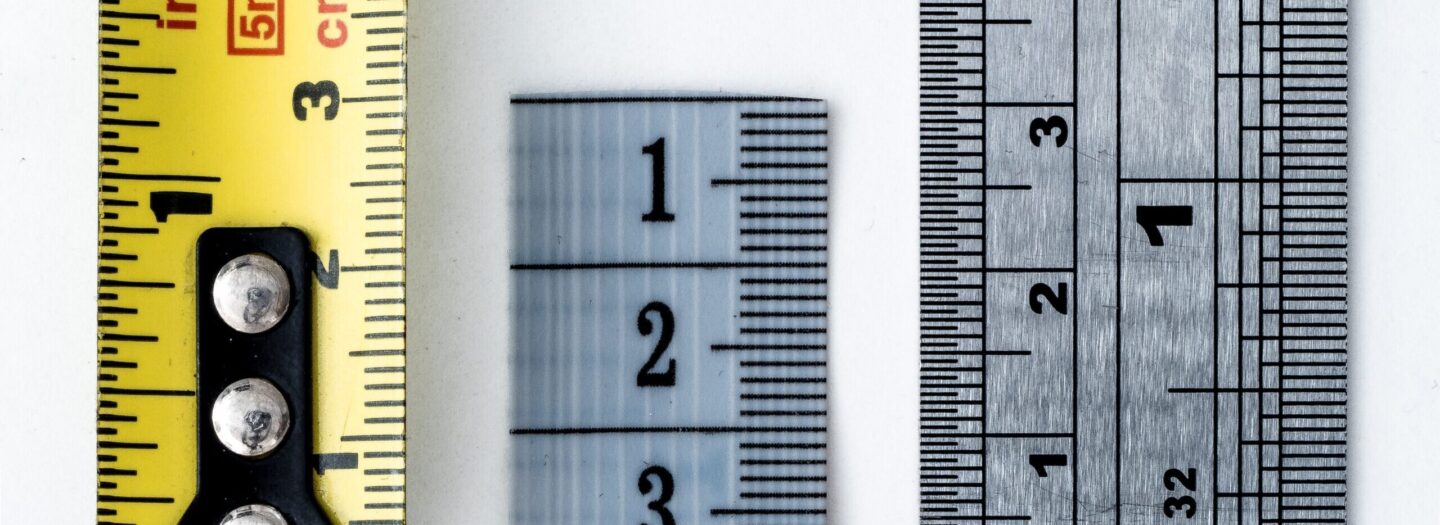This post was originally published April 22, 2019 and was updated June 1, 2022.
One of the first items of feedback on website design we often receive is, “Can you make my logo bigger?” As evidenced by this entertaining video, this has been a marketing and client/designer point of contention for years. How, though, do you make a subjective item like logo size into a more objective best practice? Well, we’ve given it a try.
Why do clients want their logos bigger?
Two of the main reasons we receive for requesting a bigger logo are along the lines of,
- “I want people to remember my brand,” and
- “It doesn’t seem like the logo is the most prominent thing on the page; I want people to know where they are.”
How does an oversized logo impact the site and brand?
To the first point, a logo is a symbol of a brand; the brand itself is the promise to the consumer. More accurately, it is the consumer’s perception of that promise. For a home page to effectively convey a brand message, it should have a clean design with benefit-based headlines and clear segmentation to targeted pages.
But, does an oversized logo add or subtract to your brand or the impression the consumer has of your promise? The reality is that a larger-than-the-norm logo can actually get in the way of communicating that promise; and could inadvertently be sending the message that “it’s all about me (the brand), not about you (the consumer).”
What do the numbers say?
Here is where we try to make a subjective preference objective. We took measurements of the logos on the home pages of the top 40 sites of the Inc. 500 list. This represents a good sampling for most businesses, as it isn’t made up of the most established brands, but rather the fastest-growing privately held companies.
The average logo width is 219.3 pixels; the average height is 67.7 pixels. The overall average area of the logo is 15,072 pixels (acacia-inc.com’s logo is exactly that size). Since each logo has different proportions, more detail is needed to draw an informed conclusion. Excluding the biggest and smallest five, the middle 30 range 145 – 300 pixels in height, 43 – 101 pixels in width, and 7,141 – 21,920 pixels in area.
What do the best branding companies in the world do?
The better-established premium brands, such as Apple, Amazon, Mercedes, and Nike, have smaller logo footprints (average of 2,500 pixel area). A case could be made that brands need less emphasis on their logos since they’re so well known. It is our opinion that a smaller logo footprint is more tasteful and allows for more space for the actual purpose of each page, and therefore why it is employed by these premium brands.
It is also worth noting that, with the proliferation of iPads and other mobile devices, larger logos become less advantageous since they monopolize a higher percentage of those smaller screens. The companies that are best at branding take advantage of every opportunity to get that logo in front of consumers in other content areas of the website — on packaging, communications, and products — but they don’t waste too much of the limited space of a website screen on the fixed navigation logo.
What is the bottom line?
An average surface area of 15,000 pixels is the best guideline as a starting point for a standard size. Since the logo element is fixed on every page of the site (and you therefore lose that space on every page), our preference, and seemingly that of the best marketers in the world, is to tend toward smaller than average. This is especially true when trying to incorporate whitespace and appealing design while still communicating key messages above the fold.
